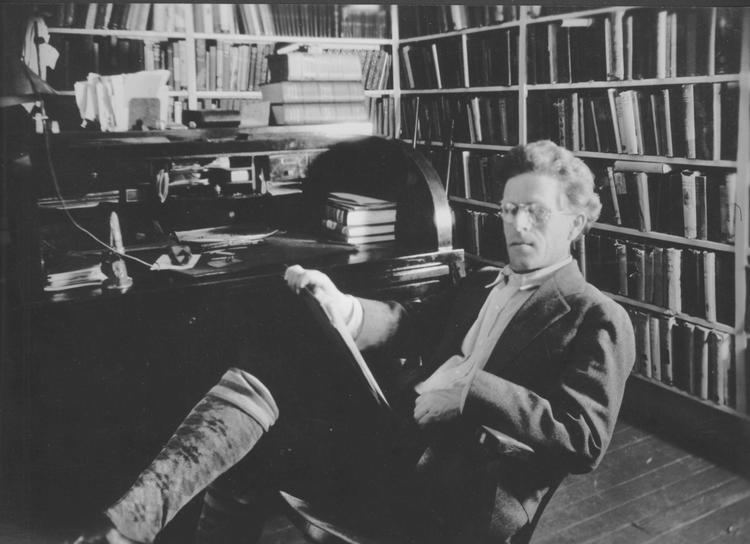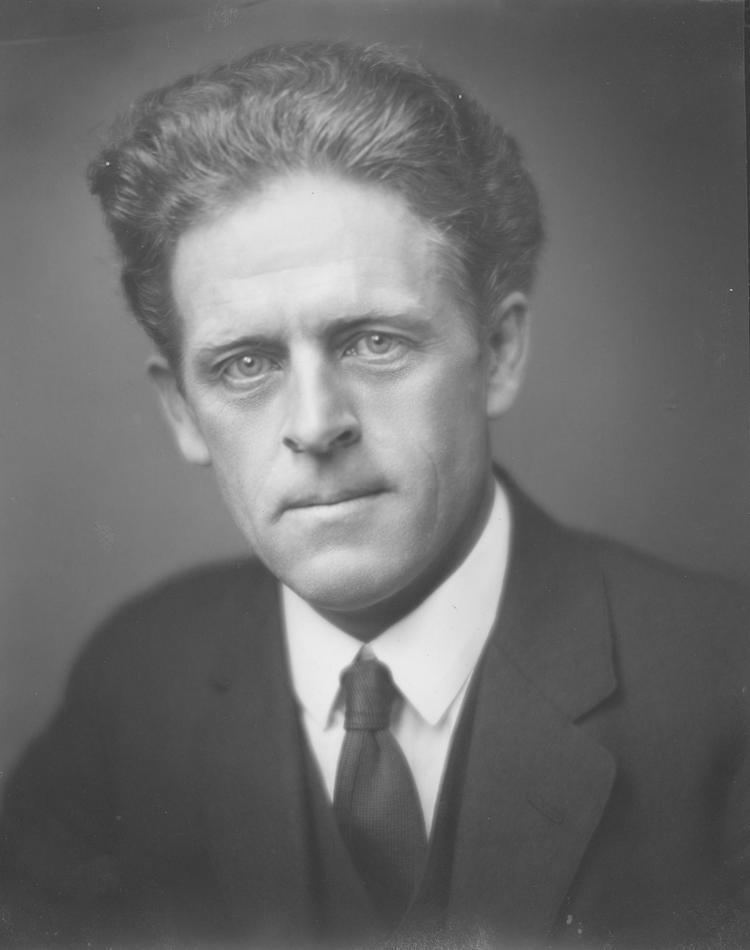Name John Neihardt | Role Writer | |
Books Black Elk Speaks, The Twilight of the Sioux, The Sixth Grandfather, The River and I, All is but a beginning Similar People Black Elk, Raymond J DeMallie, Craig Sodaro | ||
6.2 - Black Elk and John Neihardt
John Gneisenau Neihardt (January 8, 1881 – November 24, 1973) was an American writer and poet, an amateur historian and ethnographer. Born at the end of the American settlement of the Plains, he became interested in the experiences of those who had been a part of the European-American migration, as well as the Indigenous peoples whom they had displaced.
Contents
- 62 Black Elk and John Neihardt
- Black Elks Prayer
- Biography
- Marriage and family
- Travelling the Missouri River
- Legacy and honors
- References

His most well-known work is Black Elk Speaks (1932), which Neihardt presents as an extended narration of the visions of the Lakota medicine man Black Elk. It was translated into German as Ich Rufe mein Volk (I Call My People) (1953). In the United States, the book was reprinted in 1961, at the beginning of an increase in interest in Native American culture. Its continuing popularity has supported four other editions. In 2008 it was published as a premier edition with annotations.

Black Elks Prayer
Biography
Neihardt was born in Sharpsburg, Illinois; his family moved to Wayne, Nebraska when he was 10. A graduate of Nebraska Normal College in Wayne at the age of 16, he taught in rural schools near Hoskins. Neihardt had been writing poetry since the age of 12; he published his first book, The Divine Enchantment, at the age of 19. The book is based on Hindu mysticism, a forerunner of many of his perspectives and much of his later work.
In 1901, Neihardt moved to Bancroft, Nebraska, on the edge of the Omaha Reservation, beginning a lifelong fascination with Indian cultures. He also co-owned and edited the local newspaper, the Bancroft Blade. Sixty years later, townspeople remembered him as an unusual character, given to long, rambling walks and flights of imagination. After a trip to the Black Hills, Neihardt published A Bundle of Myrrh, romantic poetry in free verse.
Marriage and family
Neihardt's romantic poetry was read in Paris by Mona Martinsen, a young sculpture student of Auguste Rodin. She was so moved by the poetry that she began corresponding with Neihardt. One year later, she moved to Nebraska and they married.
Travelling the Missouri River
Neihardt traveled by open-boat down the Missouri River from Fort Benton, Montana, to Sioux City, Iowa—a journey of 2,000 miles. He published a travelogue as The River and I. The trip was the beginning of extensive travel and research for his large poetry project: a cycle of five epic poems to represent the time span from the arrival of the fur traders on the Plains to the end of the Ghost Dance movement at the 1890 Wounded Knee Massacre. He completed and published the poems at various times over the next twenty-nine years. They were compiled and published as A Cycle of the West. In researching the Cycle, Neihardt interviewed many cavalrymen and Lakota who had participated in the 1876 Battle of the Little Bighorn; and his depiction of the battle is detailed.
In 1920, Neihardt and Mona moved their family to Branson, Missouri. In the summer of 1930, as part of his research into the American Indian Ghost Dance movement, Neihardt contacted an Oglala holy man named Black Elk. At age 13, he had survived the Battle of the Little Big Horn and later as a young warrior escaped the Wounded Knee Massacre. As Neihardt recounts, Black Elk shared his life's narrative, including his sacred visions and some of the Oglala rituals he had performed. The two men developed a close friendship.
Neihardt developed the book Black Elk Speaks from their conversations, which continued in the spring of 1931, and published it in 1932. It is now Neihardt's most well-known work. Neihardt writes that Black Elk gave him a Sioux name meaning "Flaming Rainbow," after a prominent image in one of his visions. The book was translated into German in 1953. In the United States, it was reprinted in 1961 and there have been four additional editions. In 2008 the State University of New York Press published a premier edition of the book, with annotations.
Neihardt served as a professor of poetry at the University of Nebraska, and a literary editor in St. Louis, Missouri. He was a poet-in-residence and lecturer at the University of Missouri in Columbia, Missouri from 1948 on.
His wife Mona died in 1958 from injuries sustained in an automobile accident, which Neihardt survived. In 1970 he appeared on the Dick Cavett Show, which spurred renewed interest in Black Elk Speaks.
Neihardt died in 1973 in Columbia, Missouri at the home of one of his daughters, Mrs. Hilda Petri. His remains were cremated in St. Louis, Missouri.
